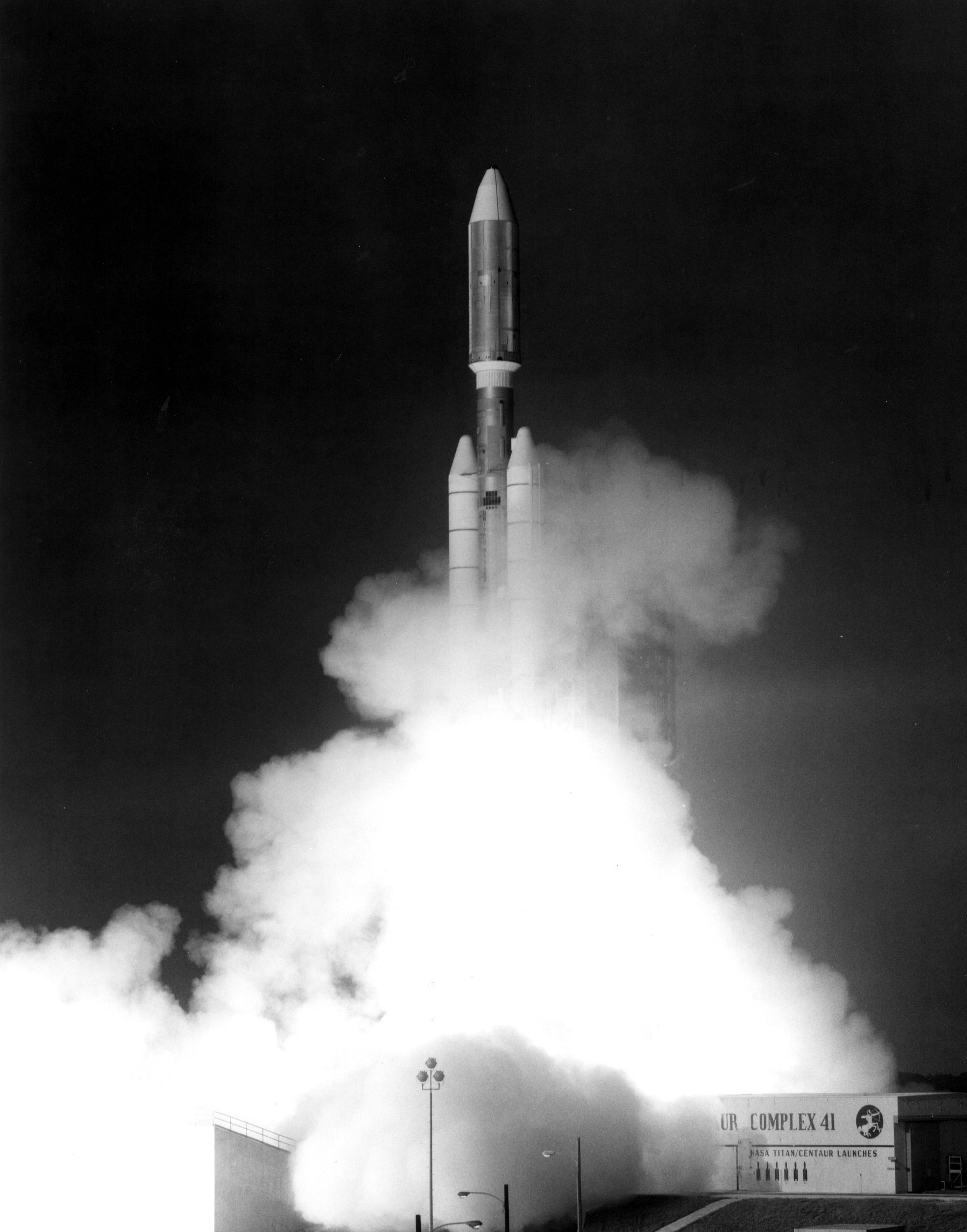The Launch of Voyayer 1 on board Titan IIIE in 1977, photo credit NASA
Many people say, “I was born decades too early, I should have been a...” While the past has a certain charm, I’ve always been born of the future. I always say, “I was born 300 years too early, I should have been on the bridge of the Enterprise.” While my life will never take me to distant star systems, encountering the Klingons, or engaging warp drive, at heart, I am explorer and September 5th, 1977 was a date important to humanities exploration of the Universe
Today, marks forty years since the launch of Voyager 1. Its story is one of exploration and science and to this very moment, it is still transmitting incredible data back to NASA. Not only it this an incredible feet, imagine a car or computer running for four decades with no maintenance, Voyager 1 is the only device made by humanity to have left our solar system and ventured into interstellar space.
Speeding away from us at 38,000mph (48,000kph) towards a star known as AC +79 3888, about 17.8 lightyears from us. Voyager will lose power long before it reaches that star but the little probe that could will hopefully remain intact.
The Golden Record, photo credit NASA
Aboard Voyager 1 is the Golden Record. Scientist affixed this item to Voyager 1 in hope that one day it would be found by some space fairing life form who could decipher its message. Among the details engraved on the Golden Record is a diagram defining our sun’s location relative to fourteen known pulsars, a binary code to instruct the proper speed by which the record should rotate to play properly, other instruction to play the record, and details about the video portion.
The Golden Record explaination, credit NASA
One of my favorite features of the record is the inclusion of Uranium-238. With a half-life of 4.51 billion years, measuring the amount of the daughter element would allow an extraterrestrial to calculate the time Voyager 1 has been in space – a true universal clock.
Today (September 5, 2017), at a distance of about 140 AU, the power from three radioisotope thermoelectric generators dwindles at a rate of 4 watts per year according to NASA. In 2030, the power it generates will be too little and Voyager 1 will power down forever; an end to the lonely space probe. However, not too far behind is Voyager 1’s sister, Voyager 2, which will also enter interstellar space on its own mission to pass near Sirius.
Further, Pioneer 10 and 11 will also leave our system and a more recent probe, launched in 2006, New Horizons, too, but there is certain romanticism to Voyager 1. It was the first and perhaps the most important of all the space probes in an era when space exploration was at the pinnacle of American, and I argue human, interest and accomplishments.
Voyager 1 will perhaps wander our galaxy for eternity, a monument to human ingenuity and curiosity, a legacy adrift in the Universe.


